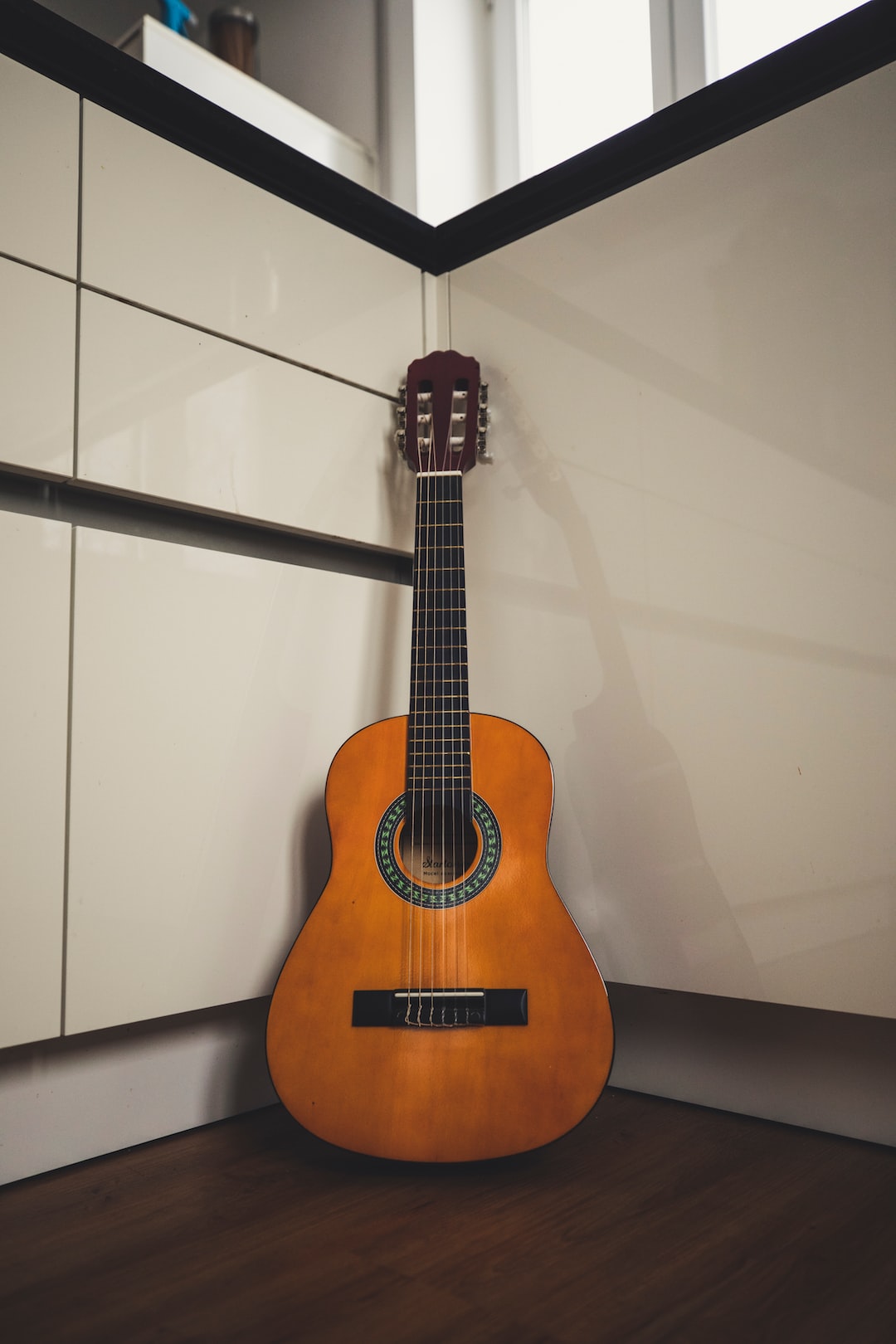Cross-stitching is a wonderful craft that allows you to create stunning and intricate designs using simple cross stitches. It is a popular pastime that can be both relaxing and rewarding, as you watch your creation come to life. If you are new to cross-stitching and thinking about giving it a try, then this beginner’s guide is perfect for you. Let’s dive into the world of cross-stitch and learn how to get started!
Firstly, it’s important to gather your materials. You will need a cross-stitch fabric, which is specially designed with a grid of small holes to help guide your stitches. There are various types of fabric available, such as Aida and evenweave, each with their own unique characteristics. Aida fabric is usually recommended for beginners due to its larger weave and pronounced holes, making it easier to count your stitches.
Next, you will need embroidery floss. This is a special type of thread that is made up of six strands which can be separated as needed. Choose a color palette that suits your project and select the corresponding embroidery floss. Floss is available in a wide range of colors and shades, ensuring you can find the perfect match for your design.
To begin stitching, you will need a cross-stitch needle. These needles have a blunt tip and a large eye, allowing you to easily thread your embroidery floss through. It’s important to use the correct size needle for your fabric. A size 24 or 26 needle is typically recommended for beginners using Aida fabric.
Now that you have gathered your materials, it’s time to start stitching! Before beginning any project, it’s always a good idea to familiarize yourself with the pattern. Cross-stitch patterns come in various forms, including printed charts, digital downloads, or even kits that include all the necessary materials. Choose a pattern that matches your skill level and interests, as it will keep you motivated throughout the project.
Once you have your pattern, start by finding the center of your fabric. This will serve as a reference point for your design. You can easily locate the center by folding the fabric in half horizontally and vertically, marking the intersection with a disappearing ink pen. This will ensure that your design is centered and symmetrical on the fabric.
Now it’s time to thread your needle. Remember, embroidery floss is composed of six strands, but for cross-stitching, it’s common to use only two strands at a time. Carefully separate two strands of floss from the others and thread them through the eye of the needle. Leave a tail of thread at least three inches long and secure it with a knot at the other end.
To create a cross stitch, bring your needle up from the back of the fabric at the bottom left corner of the desired stitch. Next, insert the needle diagonally across to the top right corner, making an “X” shape. Then, bring the needle back up from the bottom right corner to the top left corner, completing the cross stitch. Make sure to keep your stitches neat and consistent throughout.
As you work on your project, it’s important to take breaks and rest your eyes and hands. Cross-stitching can be addictive, but it’s essential to avoid straining your eyes and causing discomfort. Take frequent breaks, stretch your hands, and relax before continuing. This will ensure that you can enjoy cross-stitching for hours on end without any discomfort.
Lastly, don’t be afraid to experiment and personalize your projects. Once you have mastered the basics, you can explore more advanced stitches, add embellishments, or even design your own patterns. Cross-stitching is a versatile art form that allows you to showcase your creativity and make each project uniquely yours.
With this beginner’s guide, you are now ready to embark on your cross-stitching journey. Remember, practice makes perfect, and each stitch you learn will bring you closer to creating stunning masterpieces. So grab your materials, find a relaxing spot, and let the magic of cross-stitching unfold in your hands. Happy stitching!

